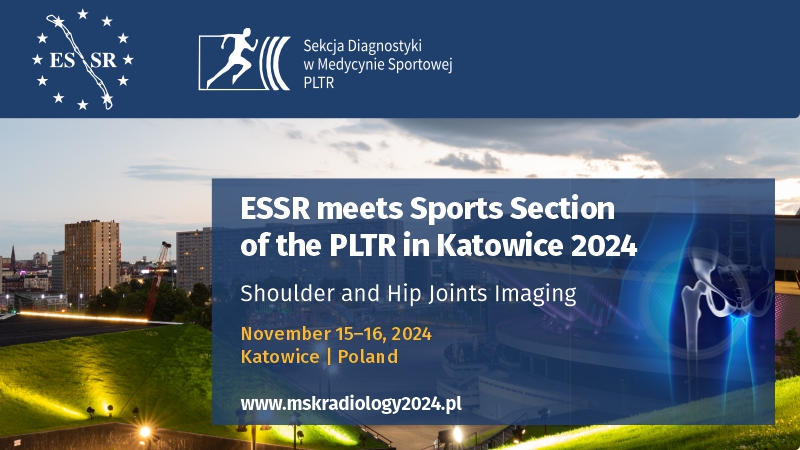Practical approach to ultrasound of soft tissue tumors and the added value of MRI: how I do it
James Francis Griffith
 Affiliation and address for correspondence
Affiliation and address for correspondenceThis review outlines a practical approach to the everyday assessment of both non-neoplastic and neoplastic soft tissue tumors, focusing on ultrasound examination, though emphasizing the added benefit of magnetic resonance imaging in certain instances. Ultrasound approach and assessment, practical scenarios, reporting, biopsy, and follow-up are covered, as well as the criteria used to distinguish benign from malignant tumors. The potential benefits and current limitations of elastography and contrast-enhanced ultrasound in assessment are also addressed. Examples of commonly encountered soft tissue tumors are shown. Ultrasound can characterize most soft tissue masses based on their ultrasound appearance alone. Following ultrasound examination, three potential scenarios usually exist in clinical practice: (a) confident regarding diagnosis, (b) indeterminate mass with no evidence of malignancy, and (c) indeterminate mass with possibility of malignancy. A diagnostic pathway for each of these scenarios is provided. Magnetic resonance imaging is generally not helpful in further characterizing masses which are indeterminate on ultrasound assessment, though it is helpful in addressing other issues such as exact tumor location and neurovascular bundle involvement that may not be fully resolved on ultrasound examination. In these situations, magnetic resonance imaging examination can be tailored to address those specific questions that have not been adequately addressed on ultrasound examination. In this sense, both examinations are highly complementary. Tips for undertaking magnetic resonance imaging examinations are provided.








